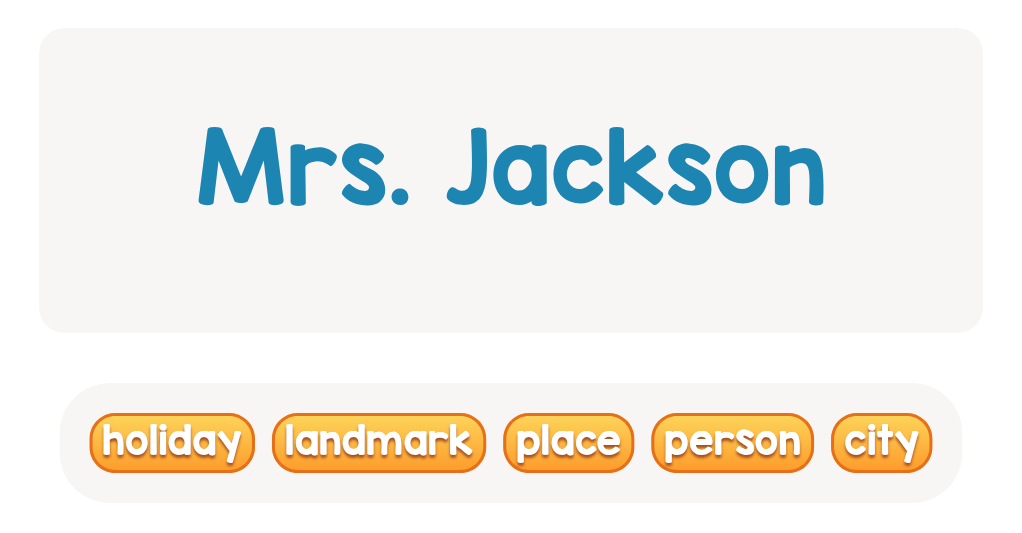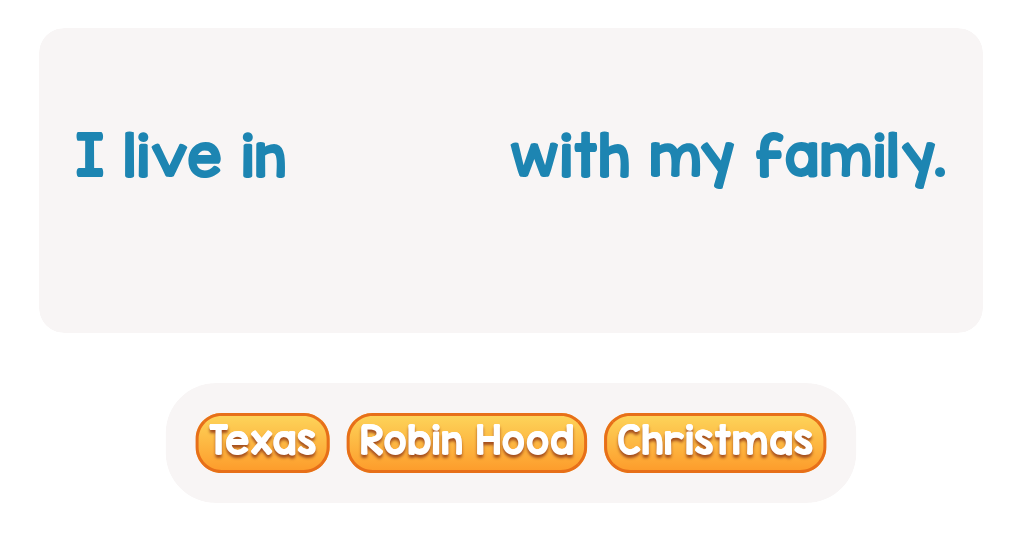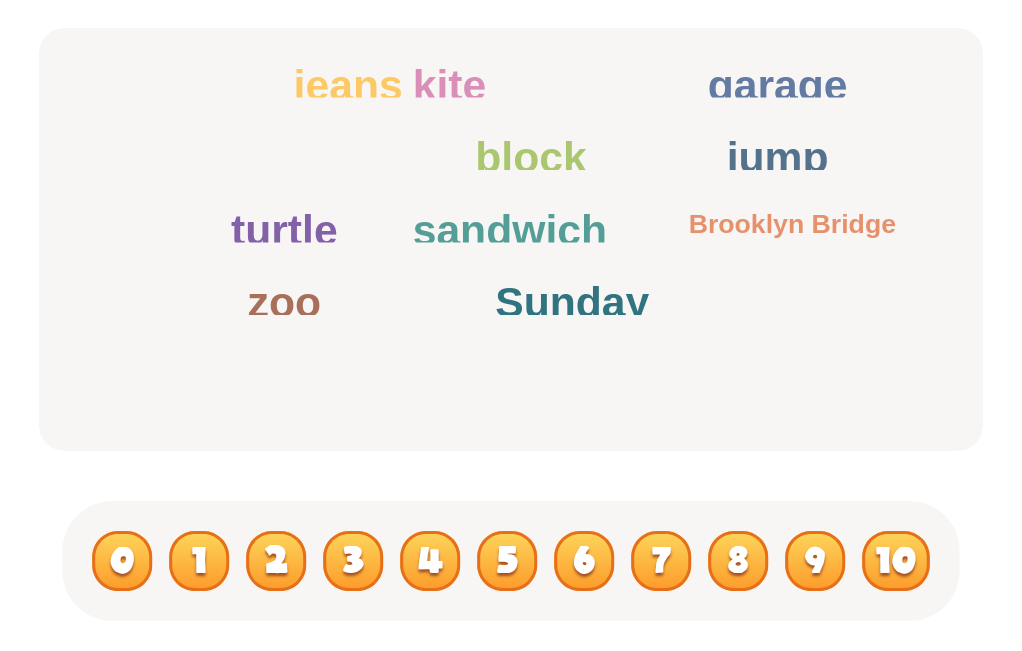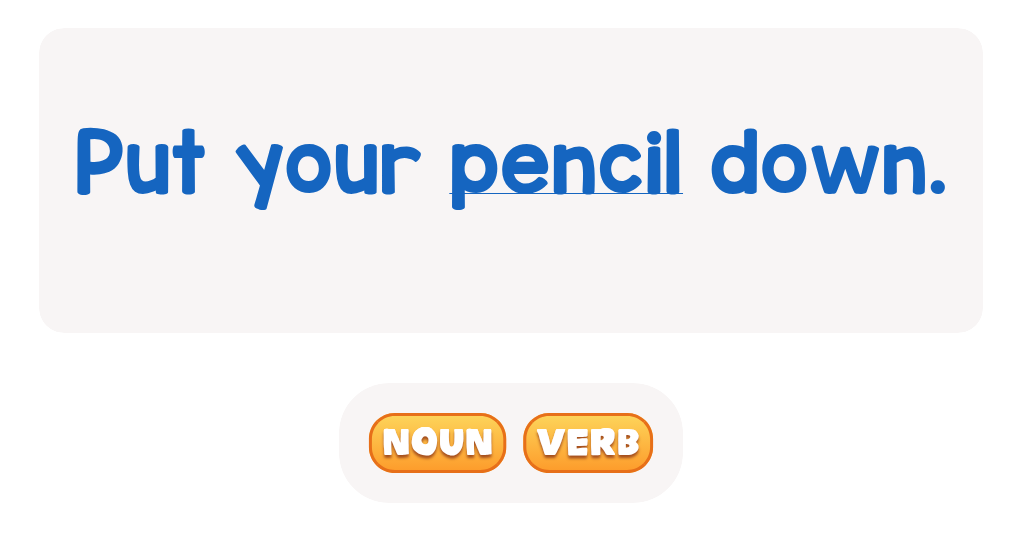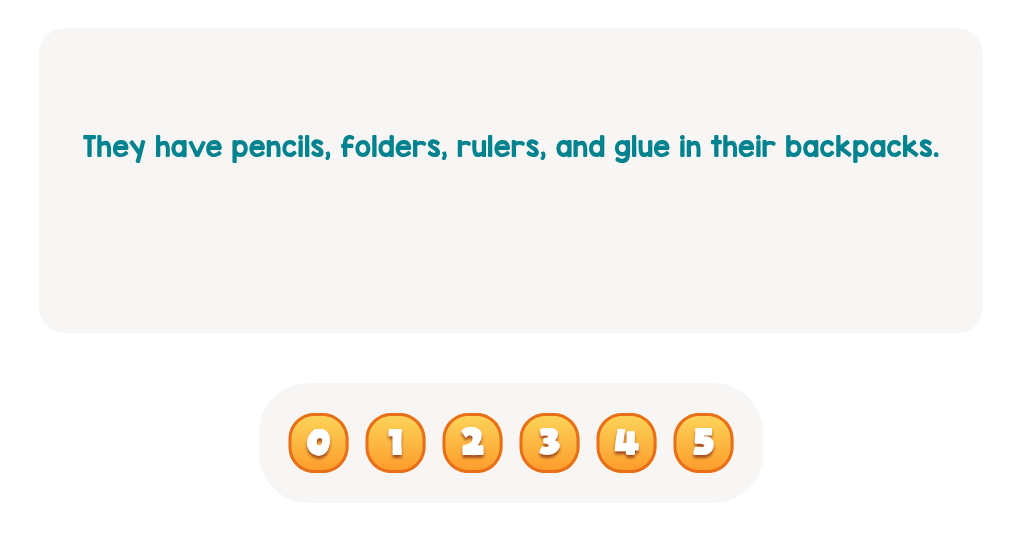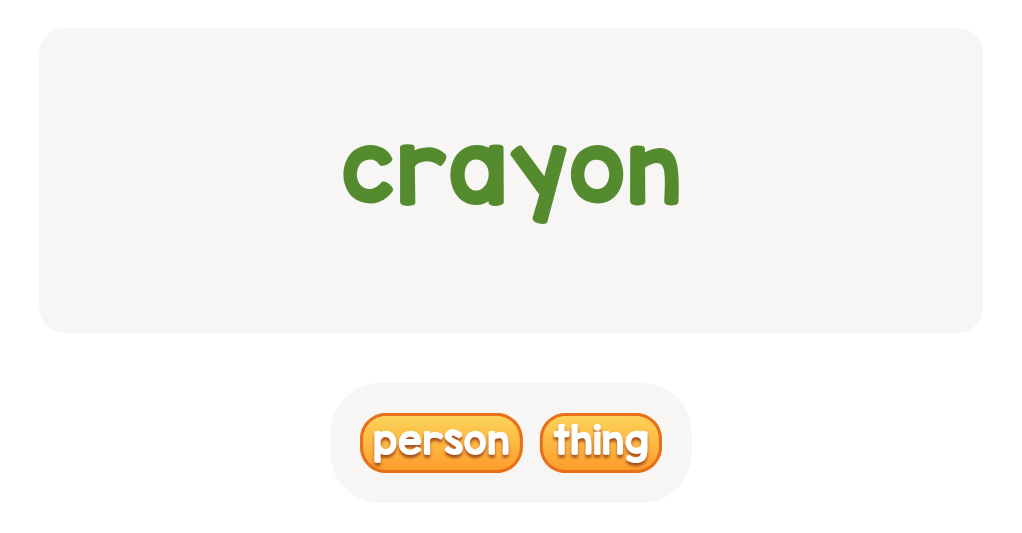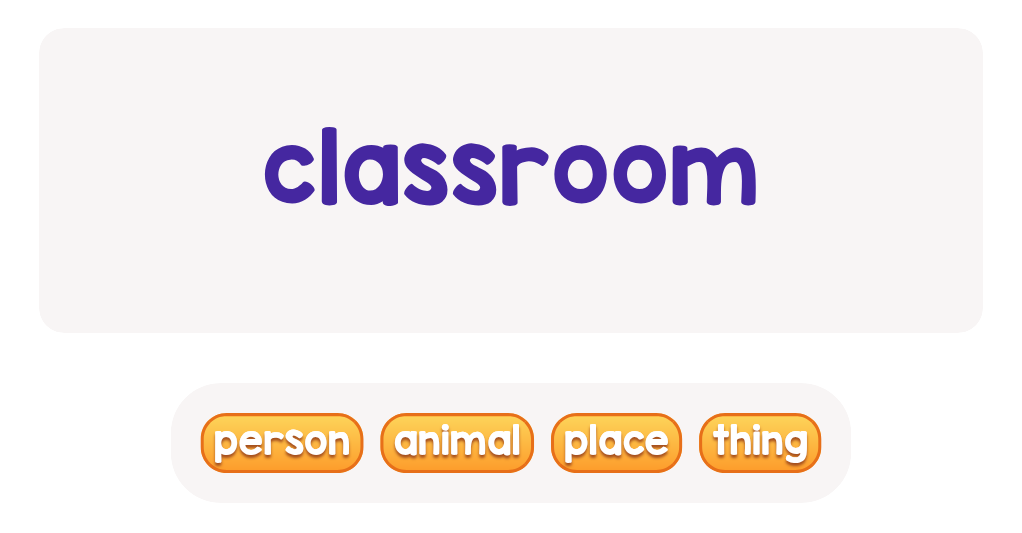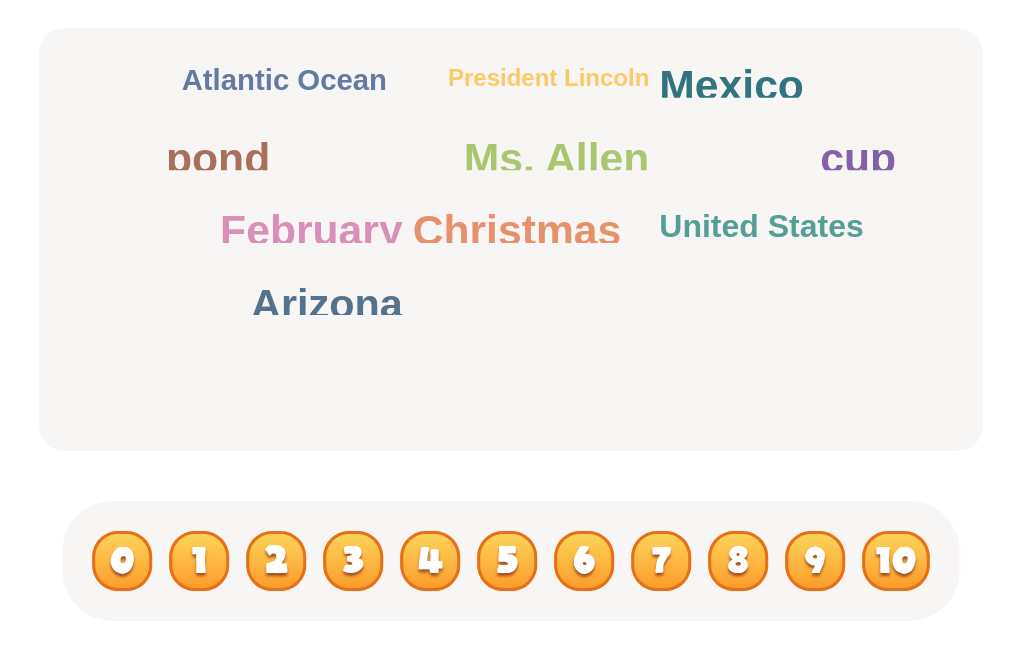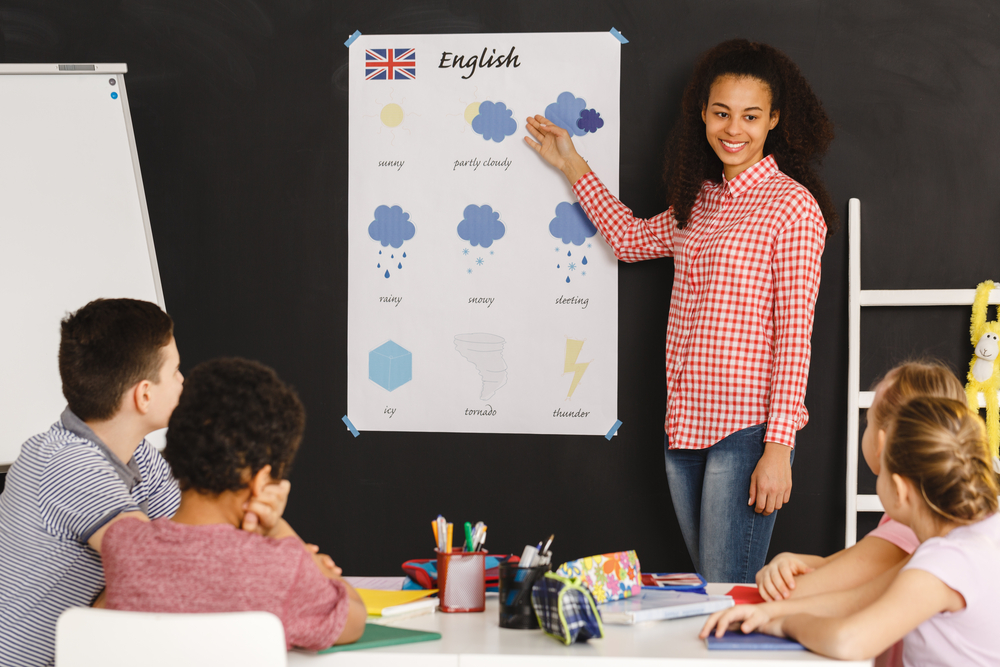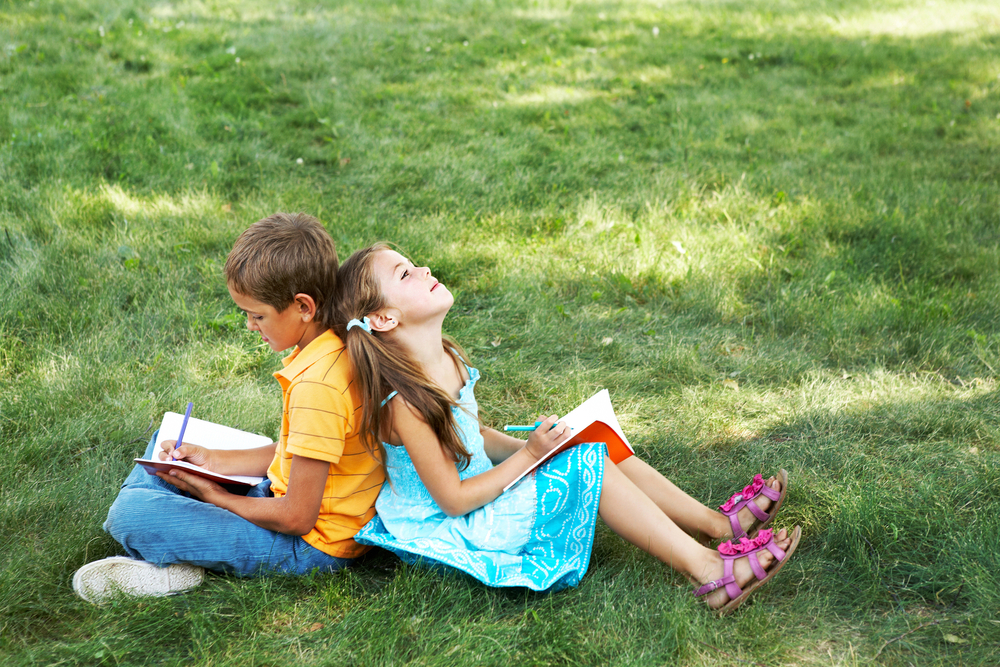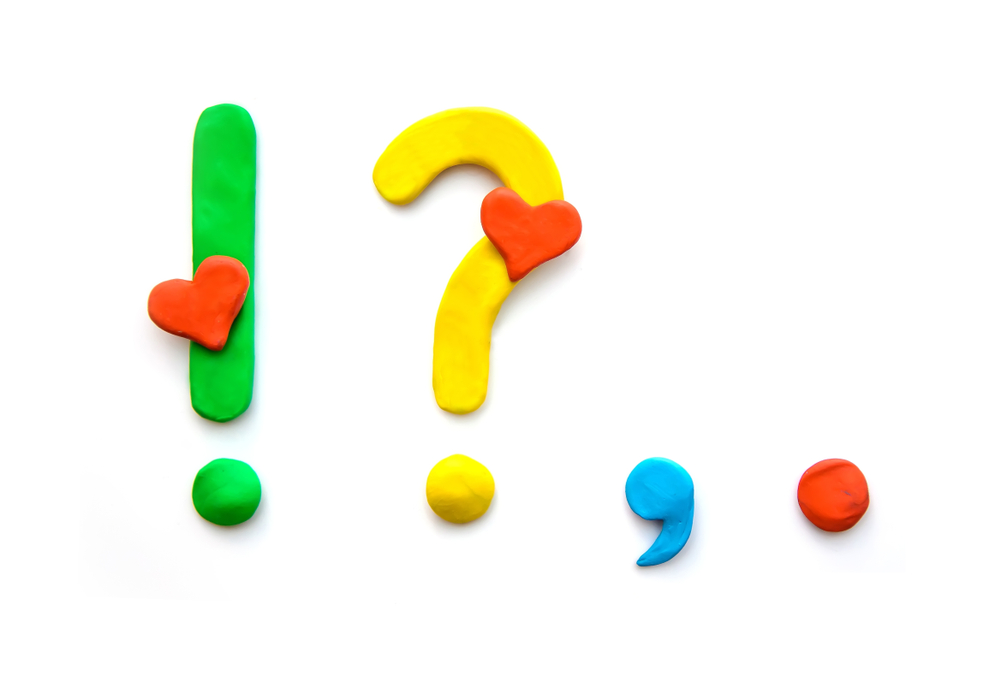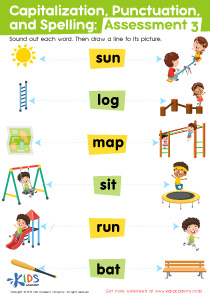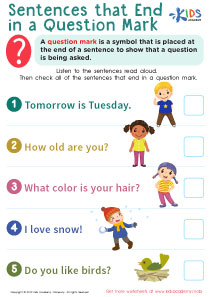Sentence construction Grammar Worksheets for Ages 3-6
5 filtered results
-
From - To
Discover our engaging Sentence Construction Grammar Worksheets designed specifically for children ages 3 to 6! These fun, interactive resources help young learners develop essential writing skills by promoting vocabulary expansion and sentence formation. Through colorful illustrations and age-appropriate activities, kids will explore how to build simple sentences while enhancing their understanding of grammar concepts. Perfect for home or classroom use, our worksheets encourage creativity and make learning enjoyable. Empower your little ones to express themselves through writing, setting a strong foundation for future literacy skills! Dive into our collection today and nurture your child's love for language and communication.
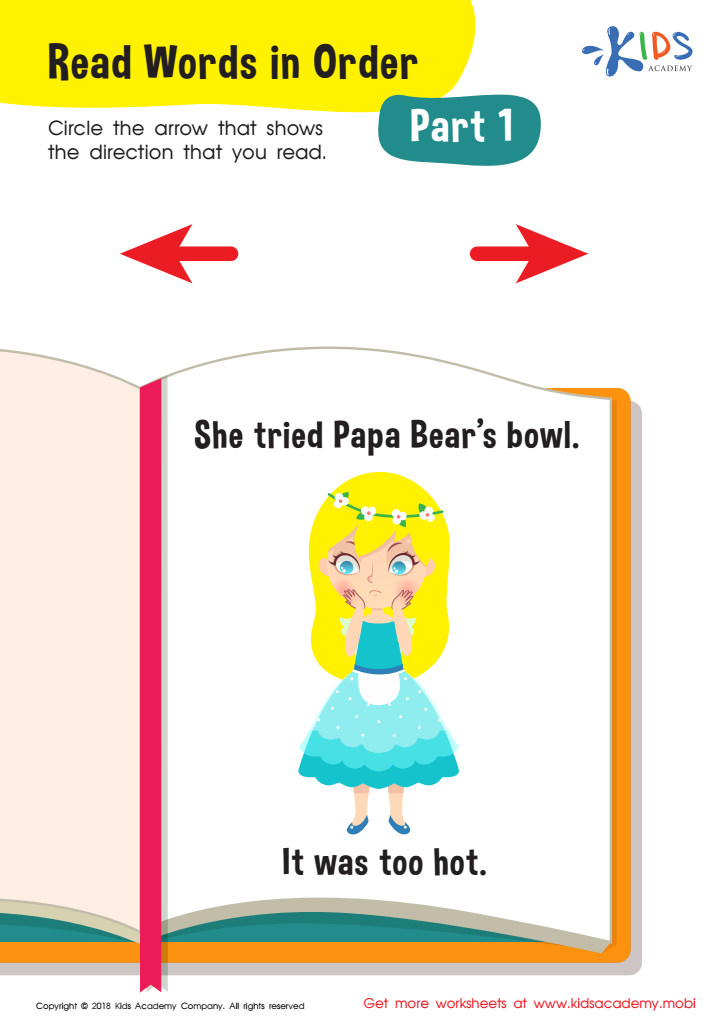

Read Words Order Part 1 Worksheet
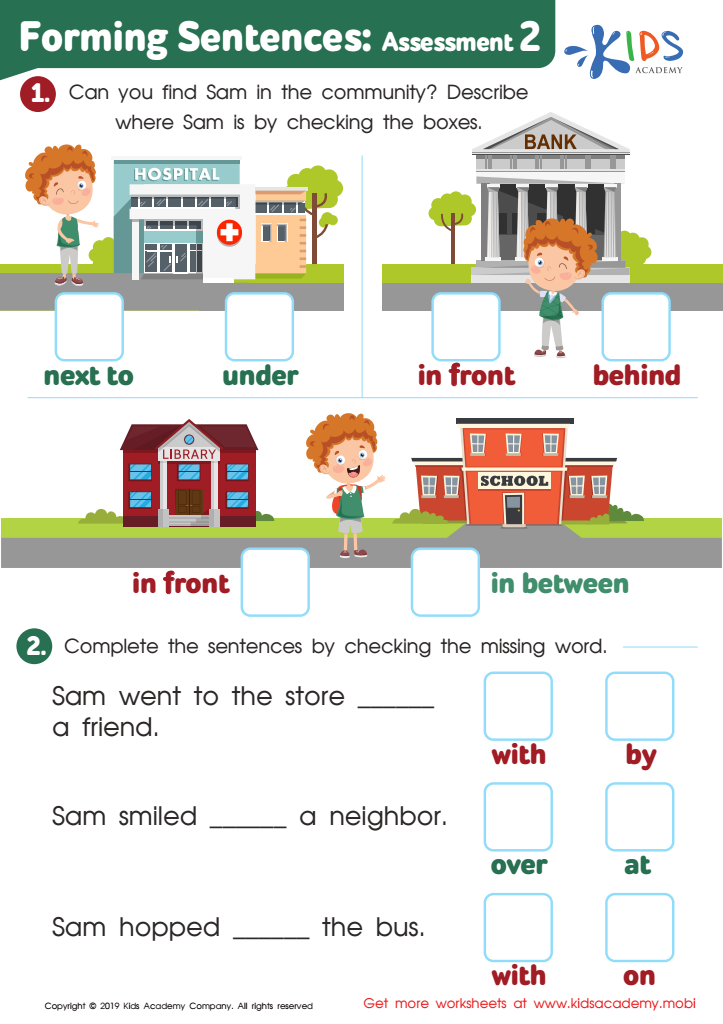

Forming Sentences: Assessment 2 Worksheet
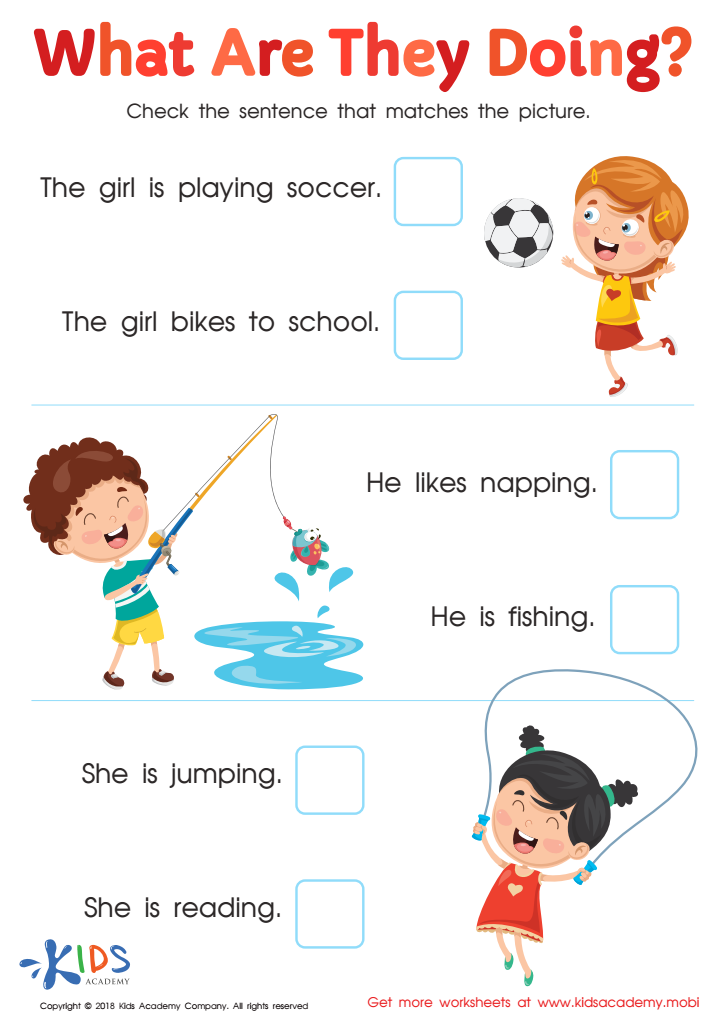

What Are They Doing? Worksheet


Learning about Question Words Worksheet
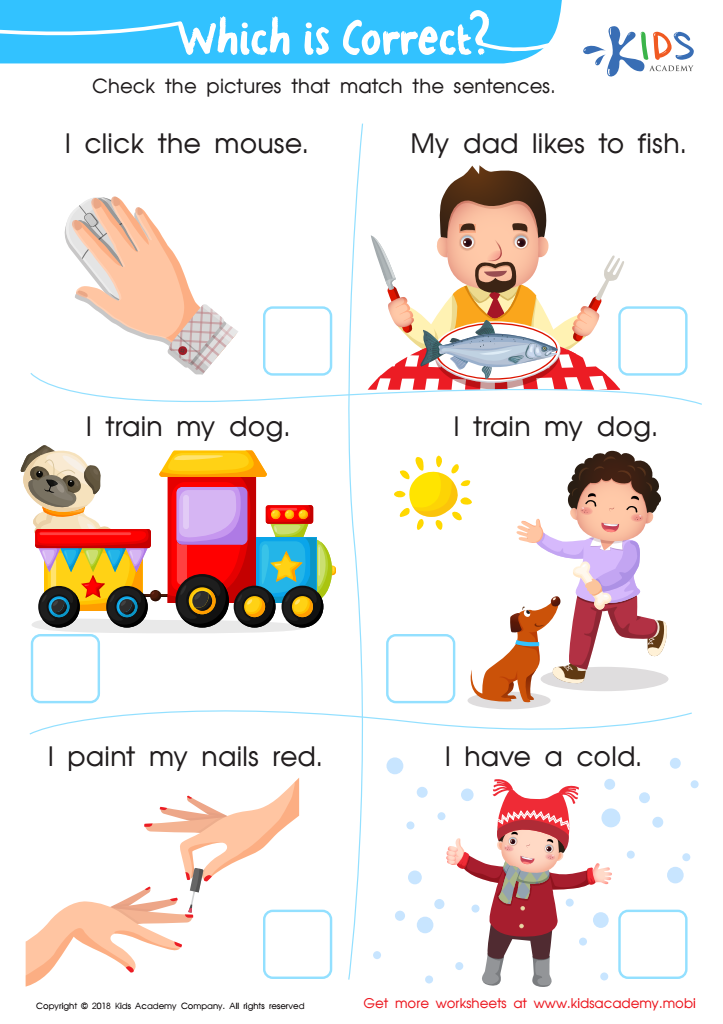

Which Is Correct? Worksheet
Sentence construction and grammar are crucial building blocks for language development in children aged 3-6. During these formative years, children are rapidly acquiring communication skills, and a strong foundation in grammar helps them express their thoughts clearly and effectively. Parents and teachers should care about grammar instruction because it enhances a child's ability to convey their ideas, feelings, and needs, making social interactions smoother and more meaningful.
Understanding sentence structure also supports cognitive development, as children learn to organize their thoughts logically. This skill not only aids in effective communication but also prepares them for future learning, as a grasp of language rules is essential for reading and writing proficiency. Moreover, early exposure to proper grammar encourages critical thinking; children learn to analyze relationships between words, which sharpens their problem-solving abilities.
Additionally, engaging young learners with lively language activities can increase their enthusiasm for school and learning. When parents and teachers prioritize sentence construction and grammar, they foster an environment where children feel confident in their abilities to communicate, paving the way for academic success and healthy interpersonal relationships in the future. Ultimately, mastering these skills equips children for lifelong learning and interaction.
 Assign to My Students
Assign to My Students
